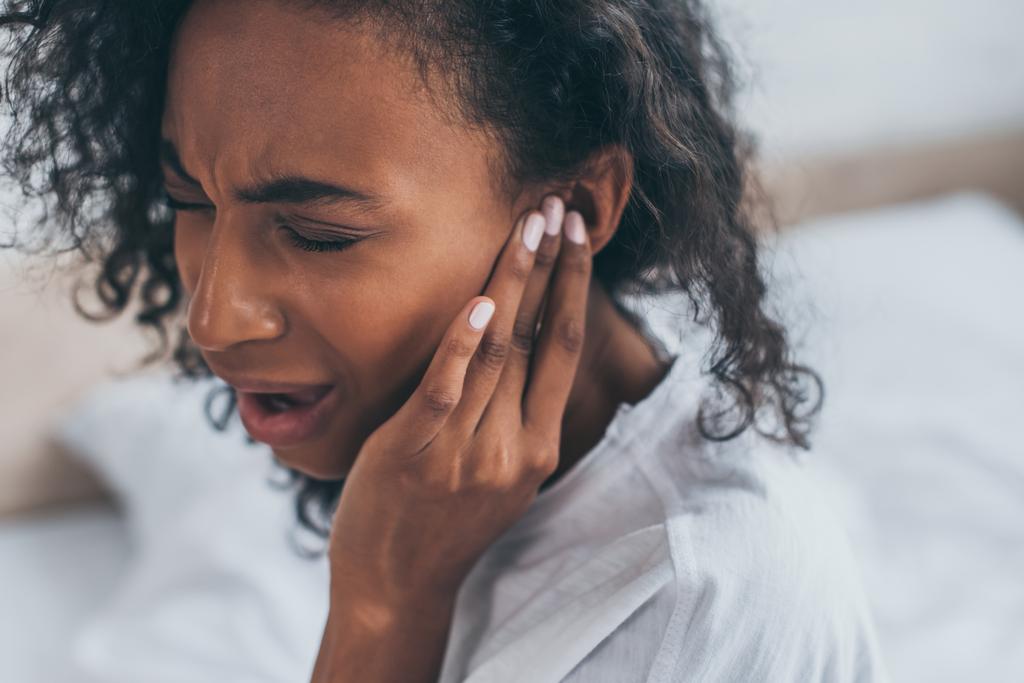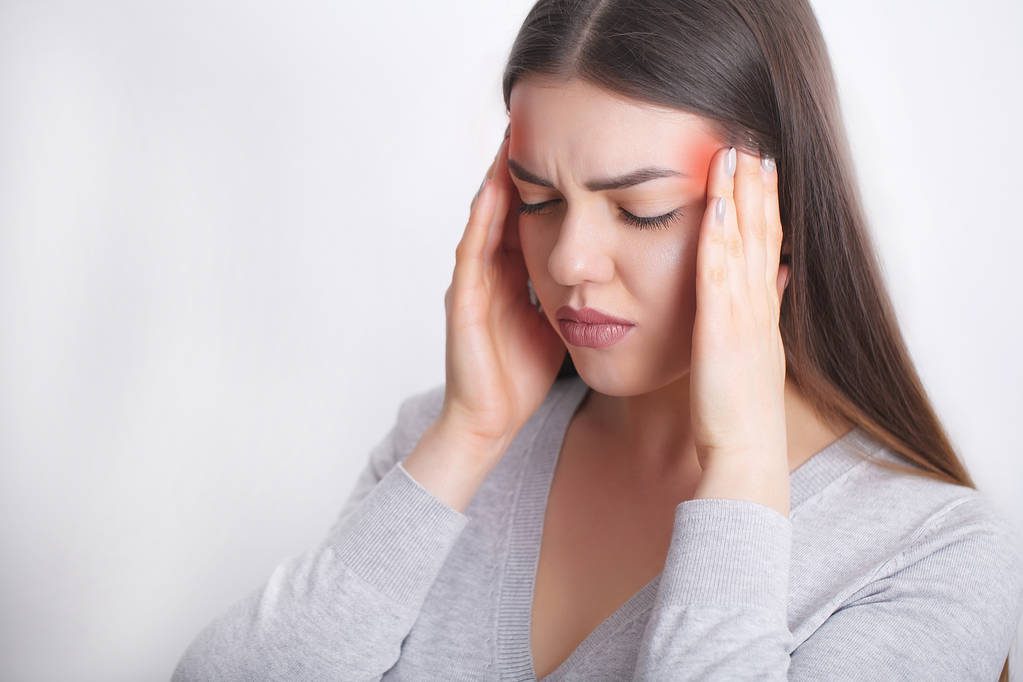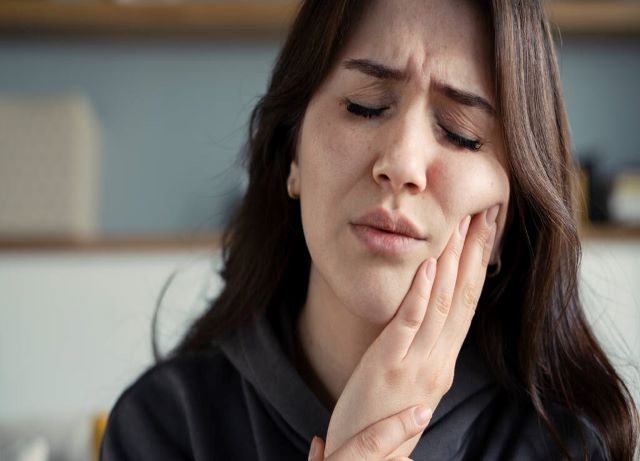The TMJ is one of the most overused joints in the body. It controls chewing, yawning, swallowing, speaking, and laughing and is essential to your everyday life. If it is damaged or worn down, it can cause problems and pain throughout the day.
It is not known exactly why TMJ disorders occur, but some risk factors may include genetics, gender, age, and physical and emotional stress. Mostly, symptoms resolve on their own with a few temporomandibular joint dysfunction treatments as per professional advice from your doctor.
Some people find that their TMJ symptoms can be reduced by avoiding certain types of food and by performing gentle, jaw-strengthening exercises. In other cases, surgery may be recommended if there is significant damage to the joint or the muscles supporting it.
Your doctor will do a thorough examination and may order an x-ray or MRI scan of the jaw joint to help diagnose the problem and suggest a treatment plan. The doctor may prescribe medication, suggest relaxation techniques, and help you with the best-suited TMJ treatment in Austin.
Read along to learn how to stop the painful cycle of TMJ disorder:
Medications for TMJ Disorders

There are several medications that can help treat TMJ disorder. These medications may include over-the-counter pain relievers, nonsteroidal anti-inflammatory drugs (NSAIDs), tricyclic antidepressants, and muscle relaxants. Ibuprofen, a type of NSAID, is another commonly prescribed drug. It blocks prostaglandins, hormone-like substances that cause bodily pain and inflammation. Acetaminophen (Tylenol) is an over-the-counter medication that helps relieve jaw pain temporarily.
Tricyclic antidepressants are often used for TMJ disorders because they can alter how your body interprets pain signals, but they must be taken in low doses. They are also mood-altering, so they should be used with caution. However, these drugs are not recommended for long-term use, and it’s advisable to visit a well-experienced doctor for TMJ disorder treatments.
Exercises for TMJ Disorders
The temporomandibular joint disorder is a common condition that causes pain in the jaw. This is a painful and often debilitating disorder, but some simple exercises can help relieve pain. Practicing several prescribed exercises regularly will get you sufficient jaw pain relief. One exercise involves placing the tongue on the roof of your mouth behind the upper teeth. Then, open your mouth halfway and close it again.
Another variation is to place one finger on your TMJ point near the ear and the other in the middle of your chin. You can do this six times for each set of exercises. These exercises are a great way to strengthen the muscles that control your jaw. They are also an excellent preventive measure against flare-ups of TMJ symptoms.
Diet for TMJ Symptoms
Diet is an essential part of temporomandibular joint dysfunction treatments. Many people with TMJ disorder can benefit from changing their diet. The right food can help you get the nutrients you need for your body to heal itself. Eating the right foods can also help you avoid triggers that aggravate your symptoms. Try to include lots of fruits, vegetables, and lean meats in your meals. It’s also important to stay away from crunchy foods that require extra bite force to chew.
Nuts, pretzels, popcorn, and other foods that are hard or chewy can be particularly aggravating.
Eating a high-protein diet can be beneficial for TMJ pain relief. Some of these foods can be cut into smaller pieces before you eat them, so you don’t have to use too much force. Other foods that don’t need as much chewing force are softer fruits and vegetables like carrots, peas, squash, and asparagus.
Dental Care for TMJ Disorders
Temporomandibular joint disorder (TMD) can greatly impact your oral and overall health. A temporomandibular joint disorder – a hinge that connects the jaw to the skull on either side of your head – can cause everything from limited jaw motion to pain and clicking noises as you chew.
General dentists are often the first doctors to be consulted for TMJ problems. They are trained to care for the entire facial region and are the ideal experts in determining the best course of action.
If you suffer from severe jaw pain, you should visit a reliable doctor for TMJ treatment in Austin. In order to diagnose the problem, a general dentist will perform a series of X-rays and other tests to look at the jaw and the TMJs. If necessary, they may also take a CT scan or MRI of the jaw and joints to get a better understanding of what is causing your symptoms.
Home Remedies for TMJ Disorder

TMJ disorders occurs when the TMJ isn’t working properly. It can cause pain, clicking or popping sounds in the jaw and the surrounding muscles, limited mouth opening, ear congestion, and neck pain.
If you’re suffering from TMJ disorders, there are several home remedies that can help in TMJ headache treatment. These include stretching exercises to improve the range of motion in your jaw, hot and cold therapy for pain relief, acupuncture to release tension, and chiropractic treatments.
If you are experiencing TMJ pain symptoms, contact your dentist for a diagnosis and a treatment plan that may involve some of these home remedies or other treatment options. The pain of TMJ can greatly affect your quality of life, so it’s important to find TMJ pain relief by visiting a well-experienced doctor as soon as possible!
Key Takeaways
The temporomandibular joint (TMJ) is where your lower jawbone connects to your skull. It’s important for opening and closing your mouth and a series of other movement in the face, like smiling, talking, and chewing. TMJ disorders are common and can cause a variety of symptoms, including pain, clicking or locking in the jaw, headaches, neck pain, and ringing in the ears. TMJ headache symptoms may be relieved by home remedies and stress reduction, and relaxation techniques. However, professional TMJ headache treatment is necessary when those methods fail to provide relief.

As the editor of the blog, She curate insightful content that sparks curiosity and fosters learning. With a passion for storytelling and a keen eye for detail, she strive to bring diverse perspectives and engaging narratives to readers, ensuring every piece informs, inspires, and enriches.










